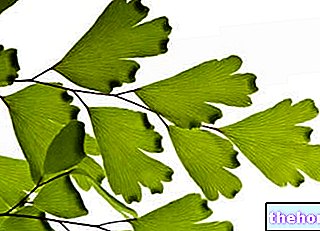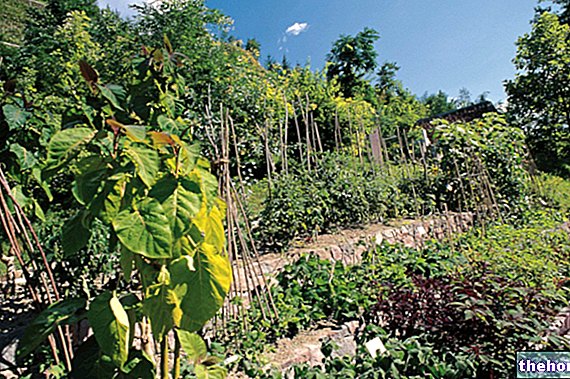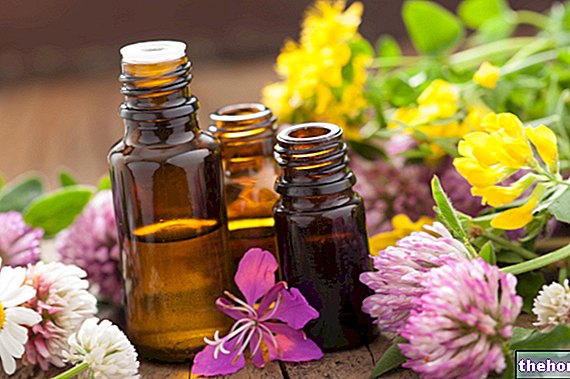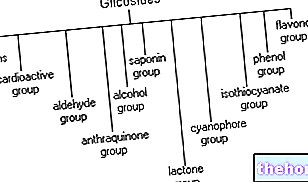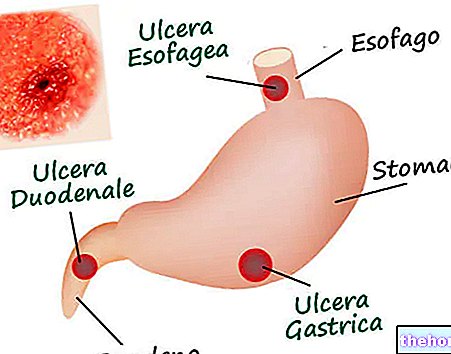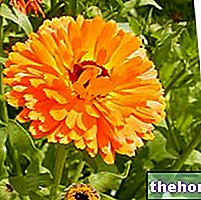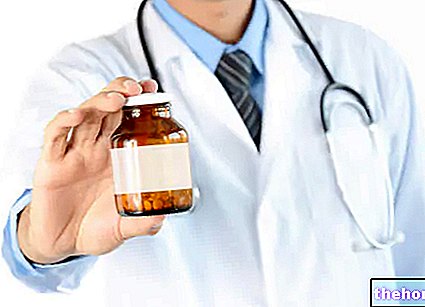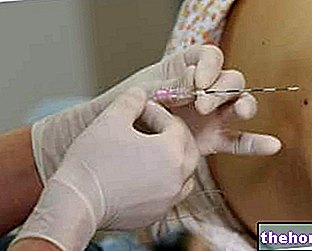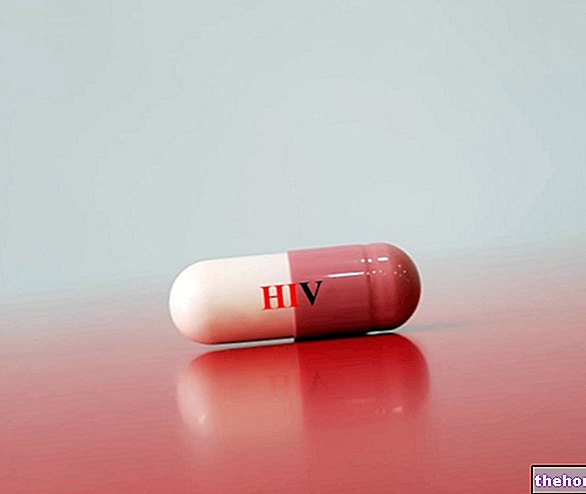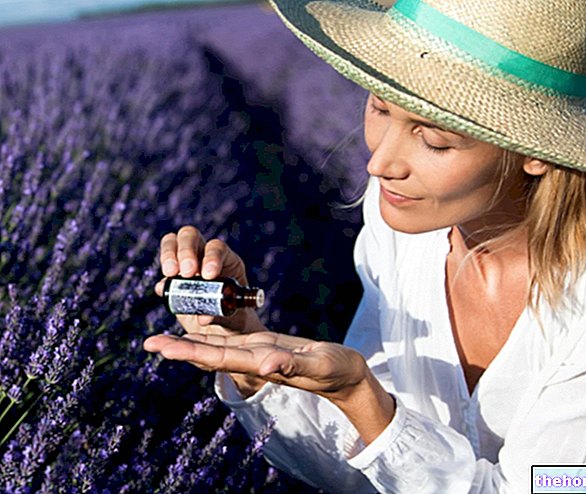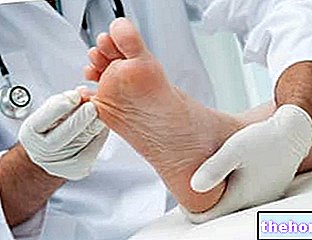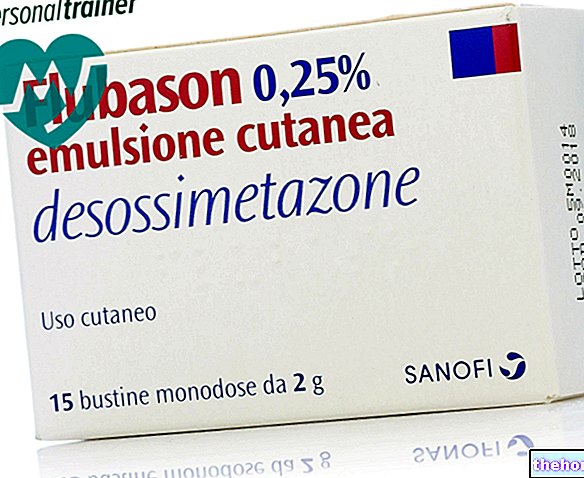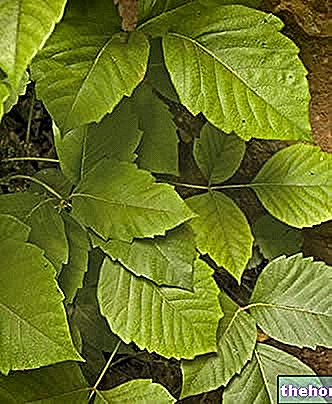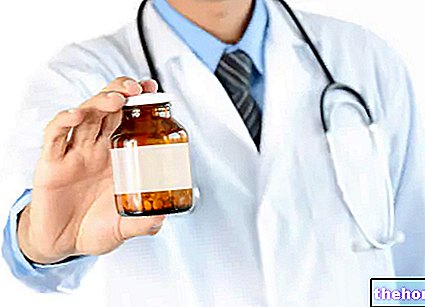Drugs and part employed, relative to the sources, can determine exceptions, such as those just described.
In the simplest case, an example drug may be valerian, Valeriana officinalis Valerianaceae family, herbaceous plant that lives quietly in our area; the used part coincides with the rhizome, thickly enveloped by the roots. This is simply dried and as such gives the drug.
Drugs, therefore, are the subject of pharmacognostic investigations, investigations to be carried out at 360 degrees; investigations that involve knowledge of tools and disciplines such as botany, biology, microbiologist and phytochemistry.
Let's see now how a drug must be determined to have a healthy value. Let's take a drug that has value both for the pharmacist and for the specialist in herbal, dietary and cosmetic products: licorice.
Licorice for the pharmacist is important as a flavoring, sweetening and anti-ulcerogenic drug. The sweetening power is determined by glycyrrhizin, a disaccharide very different from saccharin. The pharmaceutical use of licorice is still present. In the herbal field, on the other hand, licorice has a much wider use: it is part of the formulation of many varieties of herbal teas, as a sweetener - flavoring - and / or as a drug that contains substances with anti-ulcerogenic properties and stimulating liver function; a use substantially overlapping with the pharmaceutical one, even if more extensive. Both the pharmacist and the wellness products specialist must use the root and the stolons (drug obtained after appropriate treatments), not hulled, not sieved and dried, of Glycyrrhiza glabra.
The title is the quantity of active ingredient, considered to be a characterizing agent, present per quantity of drug. In fact, to have a medicinal use, a certain quantity of drug must not contain less than a certain quantity of active principle.
The active principle characterizing licorice is glycyrrhizic acid, which must not be less than 4%. The pharmaceutical aspect always tends to consider an active principle - a disorder - a pathology; the herbalist goes further, the herbal and phytotherapeutic discipline do not consider a single active ingredient - a disorder, but also consider the phytocomplex; according to this concept, the activity of licorice is not determined simply by the presence of glycyrrhizic acid, but is determined by the presence of this active principle together with a whole "other series of compounds that may have the same chemical nature of the" glycyrrhizic acid or even different from the latter ".
The elements, the tools that can be used, and reported in the Pharmacopoeia, to define a drug are: the title, the botanical disciplines, the subjective evaluation elements dictated by "experience ...There are therefore aspects of a botanical and organoleptic nature, descriptive of an extremely precise macro and microscopic nature, which help us to determine the quality of the drug: characteristic odor, aroma, taste, sensations. Precise morphological parameters, colors, streaks, dimensions, characteristics after breaking ... Microscopic examinations and extremely precise and detailed botanical aspects ... Identifying and qualitative characteristics such as to re-enter a health market and be proposed for health purposes.
Other articles on "Licorice: an example to evaluate the" importance of the title, the active ingredient and the phytocomplex "
- Bitter orange, mint and aloe vera
- Pharmacognosy
- Drugs, use and types of drugs



